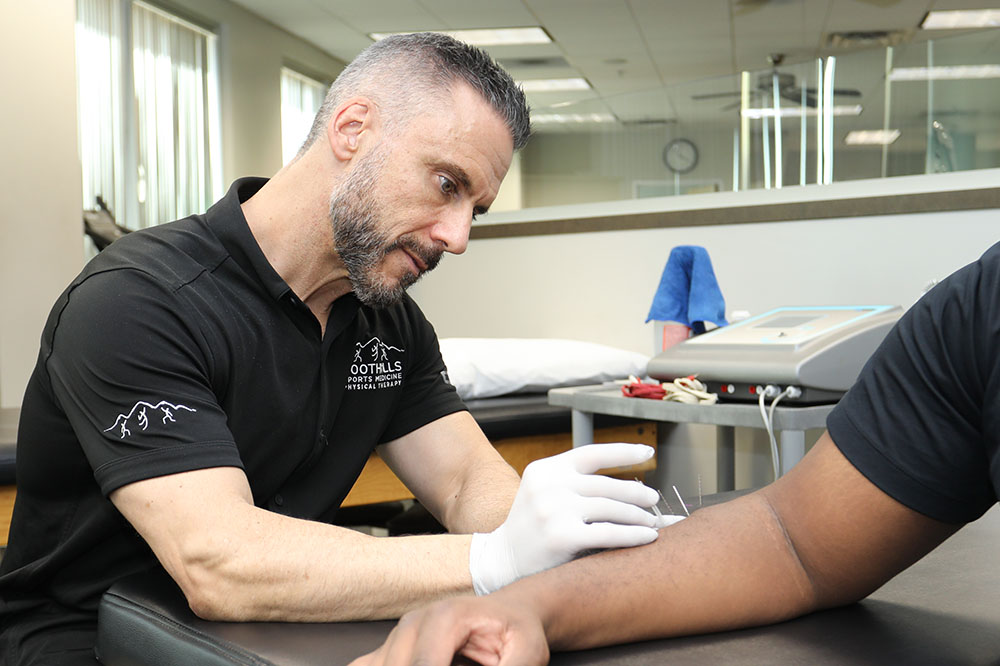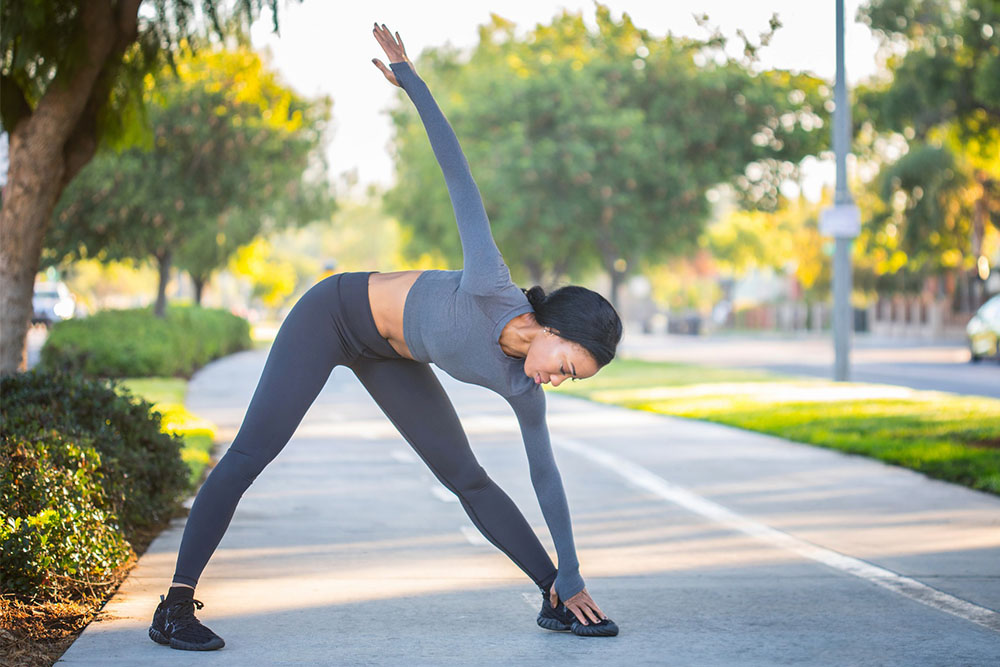Pain and fatigue are a way of life for people with chronic head and body aches. While ibuprofen and other medications can offer short-term relief, they can cause further issues when used frequently. Dry needling is becoming a staple for individuals seeking to alleviate pain without drugs. This technique has gained popularity among physical therapists to relieve muscle stiffness and tension pain.
What is dry needling?
Although the name may sound intimidating, dry needling is a safe and frequently effective technique for managing pain with minimal discomfort when performed by certified physical therapists. This technique uses short, fine stainless steel needles inserted into your skin. It’s called dry needling because the filiform needles, also called monofilament needles, don’t inject fluid into your body.
Dry Needling vs. Acupuncture: What’s the Difference?
While dry needling and acupuncture use very thin needles, the placement and reason behind the placement are different. Acupuncture, based on traditional Chinese medicine, follows energy channels or pathways. The technique was initially used to balance energy flow by inserting the needles into specific points along the paths that run throughout your body.
Today’s Western practitioners often place the needles at points to stimulate connective tissue, muscles, and nerves. The needles help promote the release of beneficial chemicals to help heal and improve function. It is also used to boost overall well-being and aid in stress management.
In dry needling, healthcare professionals place the needles at or near trigger points in your tissue or muscle. This therapy is used to help correct muscle movement imbalances, range of motion and relieve pain. However, different techniques are used depending on your pain and location.
Trigger-Point Dry Needling
Trigger points are tight bands of muscle located within a larger muscle group. It often develops as a protective response to repetitive motion, sustained postures, or injury. Trigger points often result from too much acetylcholine. This neurotransmitter normally stimulates muscle movement, but the band may reduce blood flow and restrict oxygen to the muscle, resulting in chemical build-up.
Myofascial knots or trigger points occur when muscle fibers or the bands of tissue called fascia underneath them tense and tighten. These knots may cause muscle weakness, spontaneous local or referred pain, restricted range of motion, and stiffness. The needle helps release the knot and relieve any spasms or muscle pain. The therapist typically inserts the needle and lightly taps it into the trigger point. The positioning technique is characterized by inserting the needle perpendicular to the trigger point with partial withdrawals.
Stacey Sherzer, a Physical Therapist for Foothills Sports Medicine, says, “Following needling treatments, it is encouraged and appropriate to resume most activities right away to train the muscle without the trigger point or restriction. I like my patients to have little to no downtime following treatments.”
Non-Trigger Point Techniques
Depending on your needs, your physical therapist may use a technique that relies on in-and-out needle insertion, known as superficial dry needling. Called pistoning, the needle prick near the trigger points slightly and is then quickly removed. Therapists use this technique when treating delicate areas like the lower back. Its goal is to trigger the reflexes that bring pain relief, not remove knots from the muscle.

What are the benefits of dry needling?
Dry needling is one component of a treatment plan that may include heat and manual therapy, exercise, and education. There are several benefits to this treatment, in addition to being minimally invasive.
Relieves Muscle Tightness and Pain
Instead of treating the general area of the pain, dry needling targets the origin point. For example, the therapist inserts the needles into the trigger points if you have shoulder and neck pain. It alleviates the pressure and tension in the muscle and releases any inflammation and chemicals. As a result, you may experience immediate pain relief.

Improves Range of Motion
A complete and fluid range of motion is vital for everyone but essential for athletes. When dry needling releases tension and knots, it restores the blood and oxygen flow. This allows you to achieve a full range of motion. Improving overall function can reduce or eliminate discomfort, allowing you to focus on your performance and not the pain.
Accelerates Recovery
Injuries are a common occurrence among athletes and those with an active lifestyle. Recovering from some injuries can take months. Dry needling may speed up the healing process and help you get back to full strength faster when compared with other therapies.
What conditions can dry needling help?
There are several conditions that health professionals may treat using this method:
- Chronic muscle spasms and tension
- Disk problems
- Jaw and mouth problems, including TMD
- Joint issues
- Night cramps
- Pelvic pain
- Phantom pain
- Post-herpetic neuralgia
- Repetitive motion disorders, such as carpal tunnel syndrome
- Sinus pain and congestion
- Tendonitis
- Tension headaches and migraine
- Whiplash
Dry needling often helps when other treatments, such as massage therapy, cold laser therapy, and other options, do not achieve the desired results.
Regular activity can come to an unexpected, painful halt when you have stiff or tight muscles. Whether you play sports, hike, bike, or spend time working out at the gym, you know that painful knots can knock you off your game and throw off your routine. If you have muscle aches and pain that have sidelined you, contact us today to schedule an appointment and get your life back on track.




